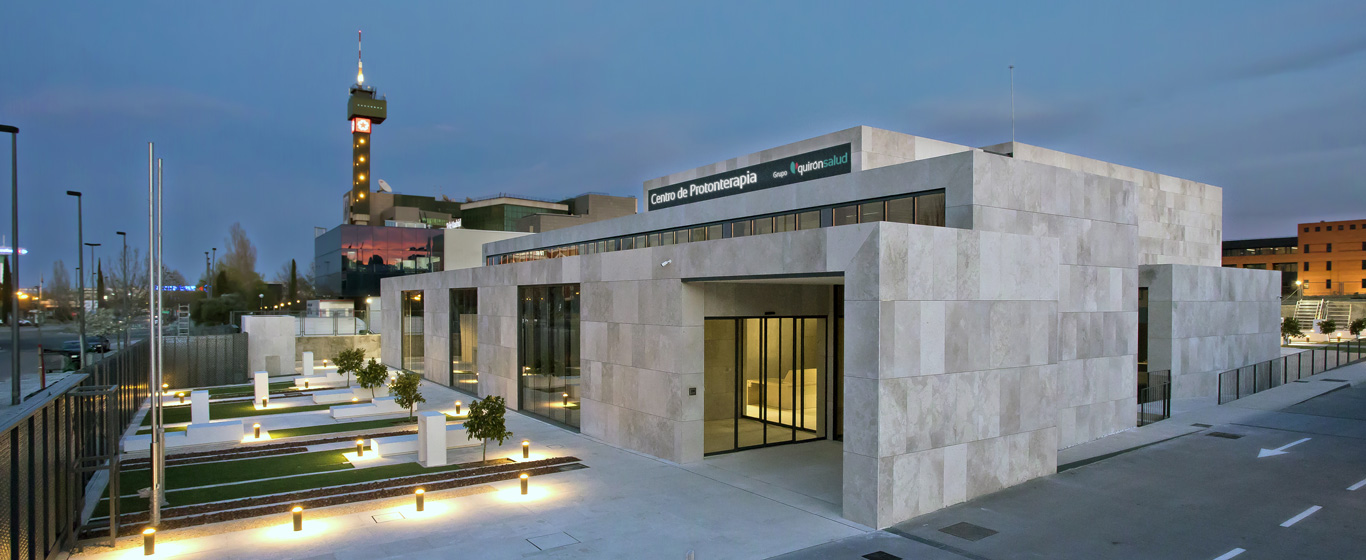Salivary Gland Biopsy
A salivary gland biopsy is a procedure in which a small tissue sample is extracted from a salivary gland for later microscopic analysis. Two different techniques may be used for the extraction: surgical resection or fine-needle aspiration.

General Description
A salivary gland biopsy involves the removal of a small tissue sample from one of the salivary glands for microscopic examination. Salivary glands are categorized as major and minor. The major salivary glands include the parotid glands, located over the masseter muscle; the sublingual glands, located under the tongue; and the submandibular glands, found in the floor of the oral cavity. Minor salivary glands are distributed throughout the lips, cheeks, and tongue.
A salivary gland biopsy can be performed using two different techniques:
- Fine-needle aspiration biopsy
- Open biopsy through surgical resection
When Is It Indicated?
A salivary gland biopsy is typically indicated when a patient presents with any of the following symptoms:
- Persistent dry mouth
- Swelling or pain in the salivary glands
- Thick saliva
- Difficulty swallowing or speaking
- Oral abnormalities such as ulcers or white patches
A biopsy of the salivary glands allows for the diagnosis of various conditions, including:
- Sjögren’s syndrome: An autoimmune disorder affecting the salivary and lacrimal glands
- Tumors or abnormal cell growths
- Infections
- Sialolithiasis: The formation of stones in the salivary gland ducts
How Is It Performed?
In a fine-needle aspiration biopsy, a needle is inserted into the selected gland, and a portion of tissue is extracted by aspiration using the syringe attached to the needle.
In an open biopsy, a scalpel is used to make an incision of approximately one centimeter to expose the salivary glands, and the samples are removed using surgical scissors and forceps. This procedure is commonly used for diagnosing Sjögren’s syndrome, in which case multiple samples (usually four to six) are taken from different glands. The minor salivary glands on the inner side of the lower lip are typically chosen for biopsy, as they are more numerous and easier to access and manipulate.
The tissue samples are sent to the laboratory in a sterilized, sealed container with formalin (CH₂O) to prevent oxidation or degradation. Thin tissue sections are then prepared and placed on a glass slide for microscopic analysis. Stains or other treatments are often applied to enhance cellular observation.
Risks
Although it is a simple and safe procedure, adverse effects may occasionally occur, such as:
- Numbness in the lip (the most common complication)
- Infection at the incision site
- Excessive bleeding
- Trigeminal nerve injury (extremely rare)
What to Expect During a Salivary Gland Biopsy
The procedure is performed with the patient lying on an examination table. Before beginning, the area where the biopsy will be performed is cleaned and sterilized. If an open biopsy is being performed, the patient's face may be covered with a sterile drape, leaving only the mouth exposed. A local anesthetic is then injected to prevent pain.
During the needle aspiration procedure, the patient may feel slight pressure or discomfort lasting one to two minutes. Once the sample is extracted, pressure is applied to the site with gauze for a few minutes to stop the bleeding. In the case of an open biopsy, sutures are used to close the incision, followed by compression. The entire procedure takes approximately 30 minutes.
Both techniques are outpatient procedures, allowing the patient to resume daily activities afterward. It is common to experience pain, redness, or swelling in the area for several days, which can be alleviated with common pain relievers or anti-inflammatory medications, or by applying a cold compress. Patients are advised to avoid smoking and consuming very hot food or beverages for the next 48 hours.
Specialties That Request Salivary Gland Biopsy
A salivary gland biopsy is typically requested in the fields of oncology or oral and maxillofacial surgery. The pathology department is responsible for analyzing the samples in the laboratory.
How to prepare
Before undergoing a salivary gland biopsy, patients are typically instructed to fast for six to eight hours. Additionally, they may need to discontinue any anticoagulant medications, as these can increase the risk of bleeding. Patients must also sign an informed consent form for the procedure.





















































































